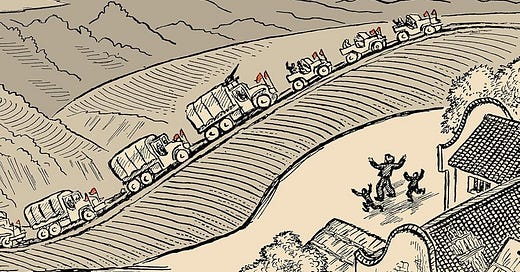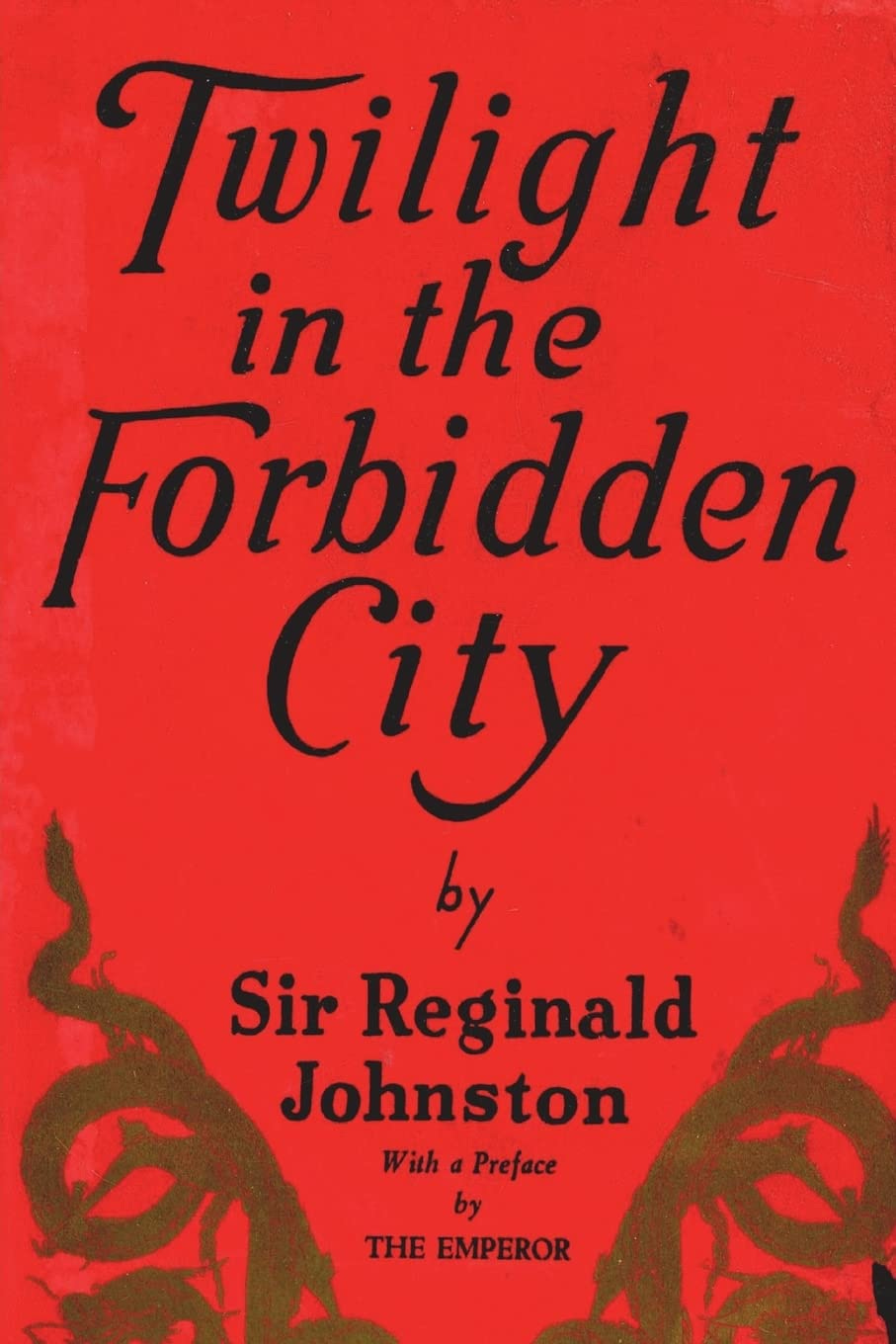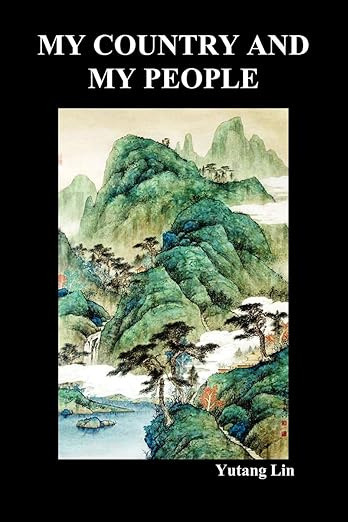The China Archives: Rediscovering China Through Its Classic Texts
Essential Classics Every China Enthusiast Should Revisit
There are so many outstanding new books about China each month. Currently, I'm reading Let Only Red Flowers Bloom by NPR correspondent Emily Feng and enjoying it immensely. Emily will also be a guest on the Barbarians at the Gate podcast next month, and I'm eagerly anticipating our conversation about her work.
While keeping pace with excellent new releases, I've also been exploring libraries and rediscovering classics of the genre. Monthly, I add a book to the "Archives" section at the China Books Review. These aren't ordinary titles—they're foundational texts upon which our current understanding of China rests, spanning from Marco Polo's medieval observations to Philip Kuhn's scholarly insights. Each remains compelling or relevant in unique ways to contemporary readers interested in China.
Let me take you through the first three treasures I've unearthed in 2025 for the China Archives...
Graham Peck: Two Kinds of Time
An American writer’s memoir of World War II China remains a timely diagnosis of the pathologies of U.S. foreign policy in the wake of the “loss” of China.
While Peck was not the first or last foreign writer to romanticize Chinese temporal wisdom (consider the oft-quoted canard that Zhou Enlai said it was “too early to tell” the outcome of the French Revolution), the metaphor expresses his wish to be just an observer of China, watching the river of history flow past. But history had other plans. The book covers the era of Japanese occupation, a time when most Chinese people suffered through natural disasters, crushing poverty and fierce political divisions that would lead to civil war. By the time it was published in 1950 — one year after the founding of the People’s Republic of China — the flow of Chinese history had radically changed course.
More than a mere travelogue, Two Kinds of Time is, at different points, an autopsy of the Kuomintang (KMT) regime that fell in 1949; an indictment of American strategic myopia in its China policy of the 1940s; and a timely jeremiad about the dangers of overreach as the world entered the Cold War. The book remains remarkably prescient, offering a trenchant critique of the follies of America’s support for a failing leader who had lost the faith of his people. In the ensuing decades, U.S. policymakers would fall into the same trap in Vietnam, Iraq, Afghanistan, and countless other American interventions abroad, propping up authoritarian leaders who supposedly “shared our values.”
Reginald Johnston: Twilight in the Forbidden City
A Scotsman’s memoir of tutoring Puyi, China’s “last emperor,” is more than just court gossip — it’s a tantalizing portrait of China’s imperial trappings.
The China archive has no shortage of memoirs written by the power-adjacent. Mao’s physician, Li Zhisui, wrote a best-selling tell-all of his famous patient in The Private Life of Chairman Mao (1996). Desmond Shun dished about his time as courtier to the wife of former Chinese premier Wen Jiabao in Red Roulette (2021). Twilight in the Forbidden City, Reginald Johnston’s 1934 memoir of life as an imperial tutor to Puyi, the last Qing emperor, fits neatly on the bookshelf beside these other confidants-turned-chroniclers. Fans of 1980s cinema may remember Johnston as played by Peter O’Toole in Bernardo Bertolucci’s 1987 Puyi biopic The Last Emperor
Twilight in the Forbidden City starts with a potted history of the events leading to the end of the Qing Dynasty in 1912, and Puyi’s abdication at the age of six. This is followed by a much more detailed account of the five years (1919–1924) that Johnston spent as the private English teacher and confidant to Puyi, who was then 13 years old and still living in the Forbidden City. Well aware of our voyeuristic tendencies, Johnston devotes only a few opening chapters to his hot takes on Chinese history — some of which have not aged well (“Had the Boxers appeared a generation later, they would have learned much from the principles and practices of Hitlerite Germany”) — before wisely shifting to what we came for: dishing the dirt on the last emperor and his flunkies.
Lin Yutang: My Country, My People
In 1935, the Chinese author Lin Yutang offered Westerners an insider’s guide to China's society. It endures today despite his own cultural contradictions.
n his 1935 nonfiction book My Country, My People, written in English, the Chinese writer, translator and polymath Lin Yutang identified a problem he felt uniquely suited to fix: “It is the fate of the great to be misunderstood, and so it is with China. China has been profoundly, magnificently misunderstood.”
Lin’s solution to this problem was a bold — if not entirely successful — effort at cultural translation. My Country, My People is Lin Yutang’s discursive rumination on Chinese philosophy, aesthetics, social structures and cultural essence. In it, he argues that China’s civilization embodies inherent wisdom and beauty deserving of long overdue global recognition and appreciation: “God—if there be a God—intended her to be a first-class nation among the peoples of the earth, and she has chosen to take a back seat with Guatemala at the League of Nations.” The book was a bestseller in its time and was translated into multiple languages, including Russian and Japanese, while a Chinese edition appeared in 1936.
When Lin was writing this book in the 1930s, China faced the twin existential threats of internecine discord and external invasion. It was a difficult time for the Chinese people, but a rich era for writing about the country, especially by foreigners. Chinese intellectuals and political figures from Lu Xun to Mao Zedong were also offering their takes on China’s destiny. What elevates Lin Yutang’s book is the rare crossing of worlds: he is a Chinese writer articulating what it means to be Chinese, but doing so in English for a foreign audience.






I’m full of madly jealous admiration for your project and your longterm achievement! I edited a series that reprinted classic books with introductions by good scholars. It was published by Doug Merwin’s EastBridge, and he names the series D’Asia Vue (sorry!). You might think of writing about Pearl Buck’s memoirs of her parents: Fighting Angel, an aggrieved bio of her father, and The Exile, of her mother. They are both in the series, as is Arthur Smith’s Chinese Characteristics, and more. When Doug went out of business the series was taken over by Camphor Press, spottily available on Amazon without creditng the scholars or the series.